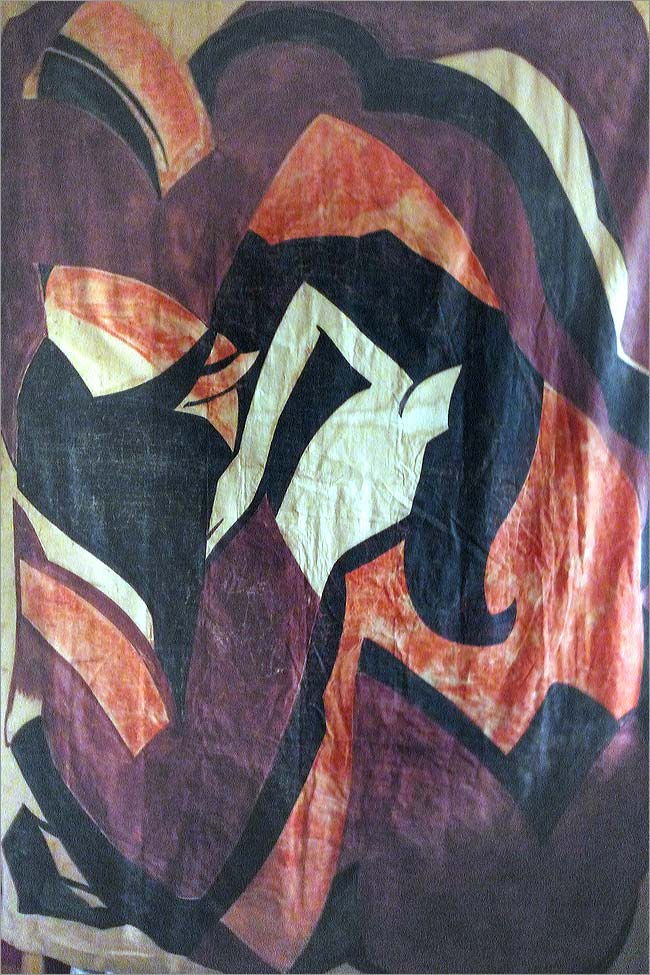Writing to his close friend and fellow Arts Club member Herbert Read in 1918, Kramer stated that when he looked at an object he saw both its physical appearance and its spiritual manifestation. His struggle, he claimed, was to escape the physical appearance and only paint the spiritual form. Such ideas came straight from the expressionist and Theosophical spiritualism that dominated the Leeds Arts Club, and show clearly that Kramer was himself an English Expressionist artist. With a scholarship from the Jewish Educational Aid Society, Kramer studied at the Slade School of Art from 1913 to 1914. Here he befriended other leading artists, including Augustus John, David Bomberg and William Roberts. He was involved in the Vorticist movement led by Roberts and Wyndham Lewis, although was never really a follower of the style. Nonetheless, several of his woodcuts did appear in the Vorticist litteary magazine Blast , and other periodicals including Colour, Rhythm and Art and Letters.
In the early 1920s Kramer returned to Leeds where he became something of a local artistic celebrity. After the collapse of the Leeds Arts Club in 1923 he established the informal gathering called the Yorkshire Luncheon Club, which met regularly at Whitelock's public house in Leeds, and invited some of the leading cultural figures of the 1930s, 40s and 50s to Leeds to speak. For the most part, however, Kramer's return to Leeds was not a triumph, and he lived in utter poverty and alcoholism, often producing poor quality portraits of local figures to pay for his drinks. None of this later work does justice to the startling quality and originality of Kramer's earlier work, including paintings such as The Day of Atonement, The Talmudists, The Jew, Mother and Child, and the 1922 abstract expressionist painting Musical Theme. |
|
